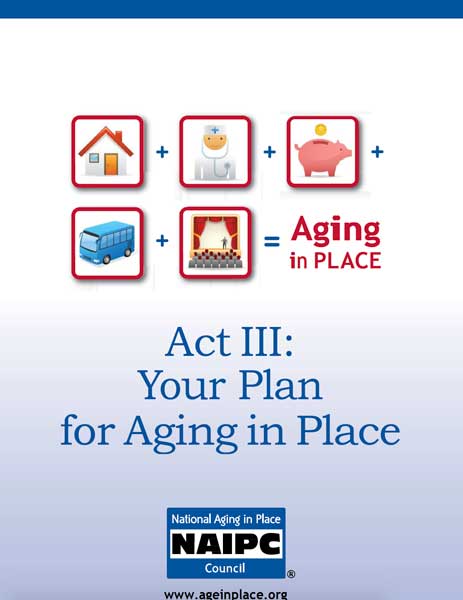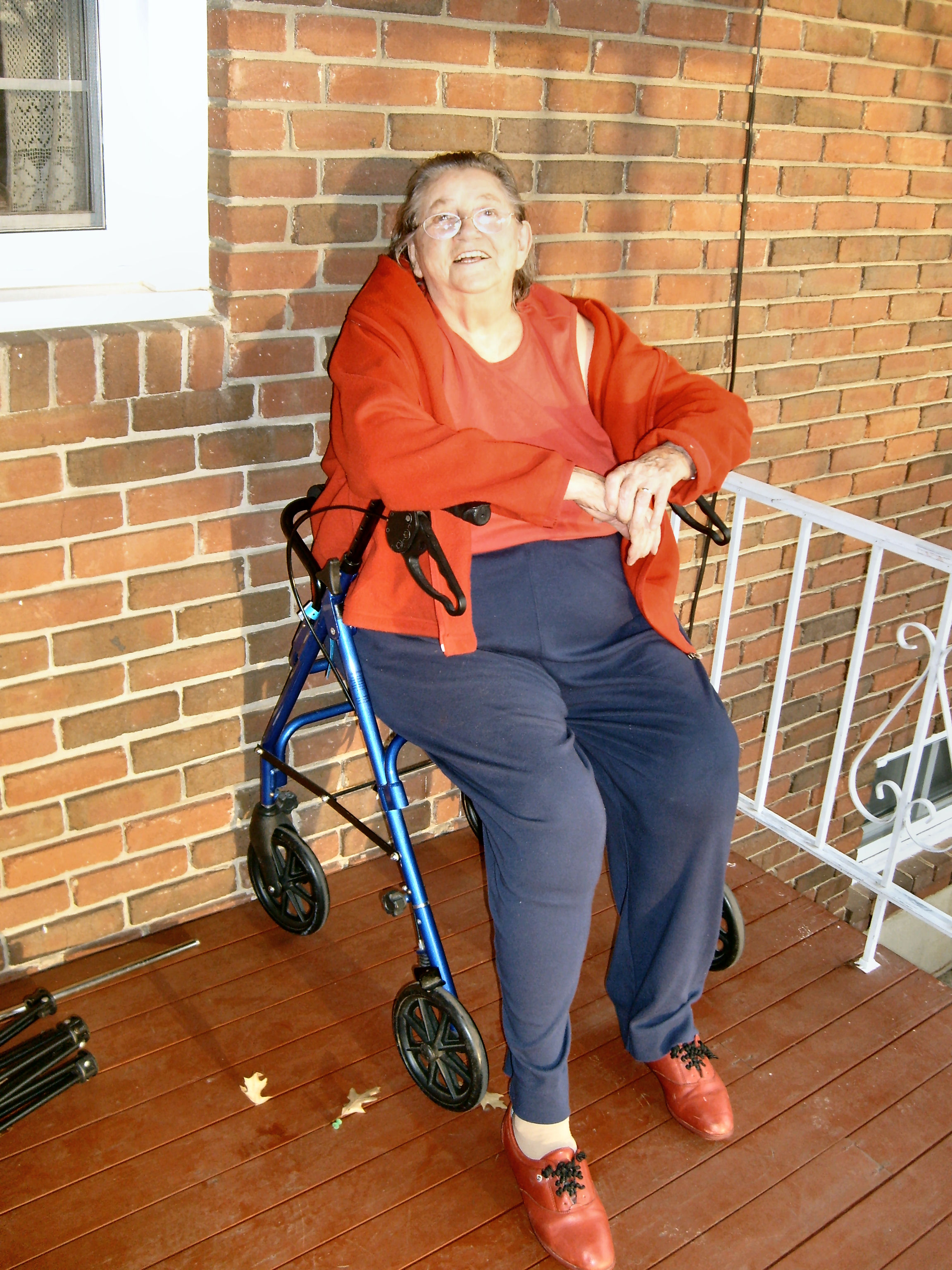It has been two years now since the first baby boomer turned sixty five and during that time they have continued to do so at the rate of ten thousand per day. Baby boomers will continue turning sixty five at this rate for another eighteen years or so. By 2030 about twenty percent of Americans will be sixty five or older. In addition to this dynamic, we are living longer. The fastest growing demographic in the United States is the eighty five and older segment of the population. This “silver tsunami”, as it has been called, will impact every area of our lives.
One of the most significant areas that this sea change in population will affect is housing. Many studies have been done about peoples housing preferences as they grow older. Most of these studies show that approximately ninety percent of respondents want to stay right where they are. However, most of them have not taken any steps to make this feasible or even possible. Most of us live in what has been described as “Peter Pan” housing, that is, housing built for people that will never grow up. From the time we get up in the morning until we go to bed at night, our homes present obstacles for anyone with diminished mobility, manual dexterity, hearing, or eyesight. Let’s face it; our homes are designed for the mythological average, healthy, young person. It is not just elderly or disabled people who are impacted by peter pan housing. A couple with a newborn baby in a stroller or an athlete with a broken leg will struggle with the same obstacles as a person trying to navigate their home in a wheelchair. These obstacles include stairs, narrow doorways, doorknobs and faucet handles which can be difficult to grasp, countertops that are too high or too low, thresholds on doors, poor lighting, electrical switches and outlets that are hard to reach, lack of sturdy handholds to help prevent falls, slippery flooring, etc. The list goes on and on. If you have struggled with any of these issues, or tried to care for a loved one who has, you know what I’m talking about.
The immediate solution to these dilemmas is to modify our homes to create living environments that will be safe, comfortable, and enjoyable to live in. The long tern answer is to build homes that incorporate these features to begin with. While renovating an existing home to make it usable can be a significant project, building these features into a home from the beginning can often result in an insignificant increase in time and expense. Always remember that any condition can only be considered a disability to the extent that one is unable to perform a particular function. If our homes, communities, and businesses allow someone using a wheelchair to access everything that a walking person can, there is no disability.
If these ideas are intriguing to you and you would like to learn more, please visit us at the Roanoke Home and Garden Show at the RoanokeCivicCenter on January 10-12. I will be making presentations on this subject throughout the weekend and I would love to have the opportunity to meet you and answer any questions you might have. I would also welcome the opportunity to hear what subjects you would like to see addressed in Housing Matters in 2014. Please call me at (540) 384-2064 or visit my website at www.solidrockenterprises.com if you have questions. Thank you for reading Housing Matters and I wish all of you a very happy and healthy New Year.


